How free are you? Most importantly, how free can you become?
The other day I watched this little 6-minute documentary on Jim Carrey called I Need Color. Turns out Jim Carrey is a hell of a painter. Here's some of his work:
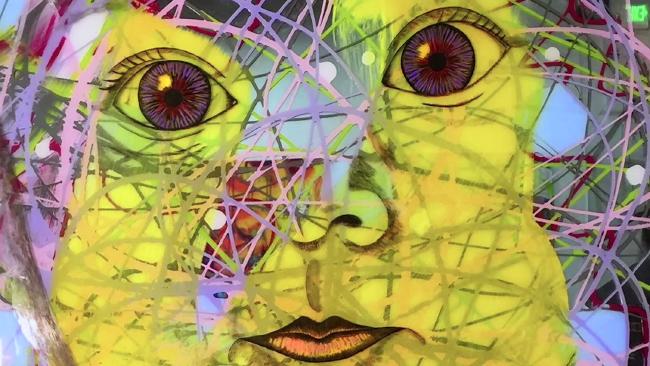
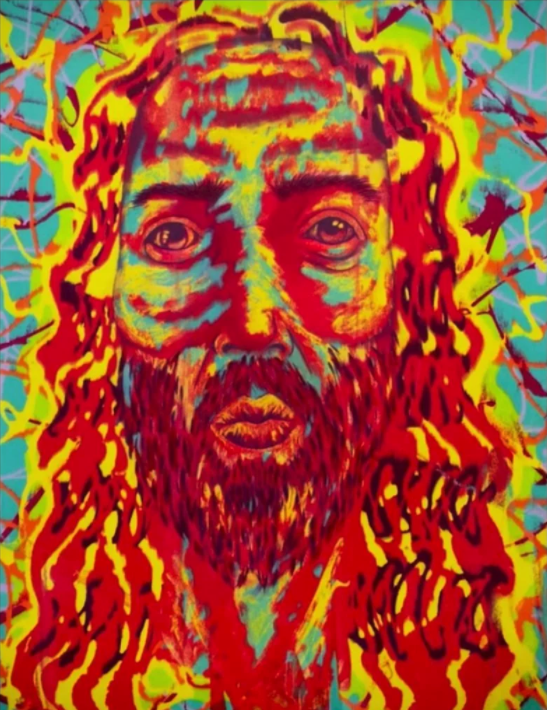
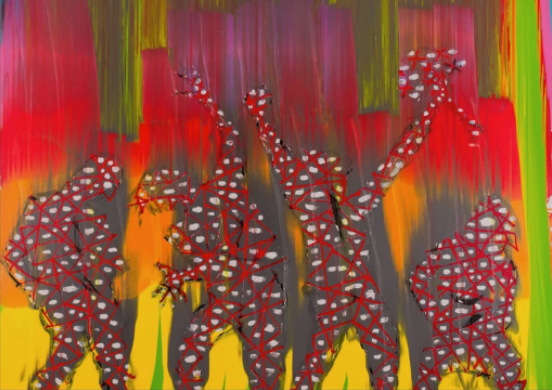
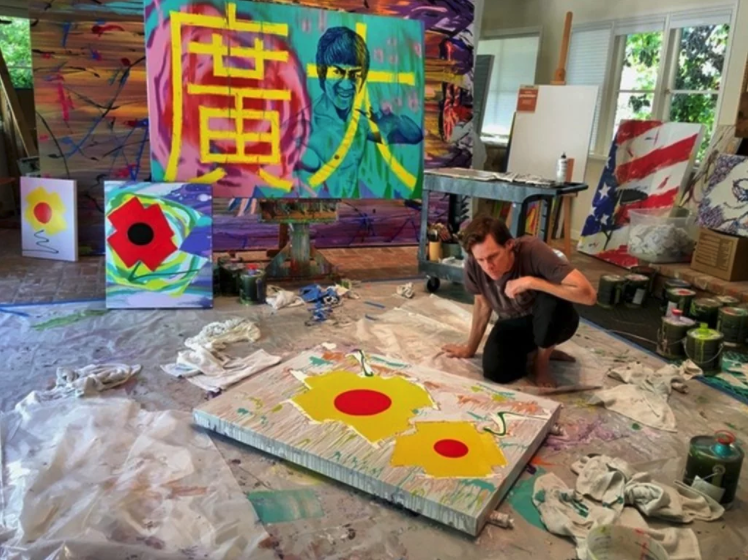
Now, that's not what he's famous for, at least not yet. But the small glimpse that documentary gave me into his process and his demeanor made me sure of one thing: he's free. Jim Carrey is a free man, maybe freer than any man I've ever looked into in my research on creativity. Free of body, we all are in this part of the world. But freedom of mind is rarer.
It seems like Jim's art flows through his mind and body and onto the colorful canvases uninterrupted. He strokes without hesitation. He speaks from the heart. He's whole.
The biggest enemy of creativity, like I've suggested before, is conformity. And that's a formidable foe. More than once in my career (even though it's a creative career) I've been called out for trying to break the mold, and told to just do what I'm supposed to do. The forces of conformity are everywhere. There's corporate hierarchy, there's peer pressure, there's TV, there's social media, there's people who fear change, and the list goes on.
But Jim Carrey can't be swayed by any of this crap.
Thomas Vogel, in his book "Breakthrough Thinking" mentions one of the definitions of creativity as "breaking down of barriers and ignoring preconceived notions and fears." That's what I call a free mind. Great creatives and artists have realized the truth that to achieve our full creative potential we must be free in our mind.
Glean Keane — the animator responsible for The Little Mermaid, Aladin, Tarzan, and Pocahontas — says "an artist's spirit is that freedom and fearlessness of being a child." (He says as much in this very cool video, where he also plays with VR 3D painting. Worth a look!)
"Free your mind", says Morpheus. Neo makes a face as if to say "what the hell are you talking about?"

It's certainly easier said then done. For me, breaking down of barriers and ignoring preconceived notions and fears has been for me one of the greatest challenges in my creative career. And it's a daily fight. I'm glad I find encouraging words from sources I really respect, from Picasso, to Shakespeare, to David Kelley (Founder of IDEO). IDEO, a company who's been innovating for over 30 years, has this as one of the rules for a brainstorm session:
Don't judge your thinking. We often limit our thinking by judging ourselves and worrying what others will think. But when you resist those urges, you’ll be amazed at how much more creative you’ll feel.
That bit of text gets to the core of what creativity is, and what it means to be a creative person. Only when you don't worry about what others will think, or say, or do, – specially in the initial stages of creation – can you be truly free. The biggest barrier to our creative potential is our self judgement.
But Jim Carrey doesn't give a crap about what people think.
As true creative he has complete confidence on his creativity. He's fine with failure – he actually expects it – because the only way to greatness is past mediocrity. And he knows, deep in his heart, that he'll get to brilliance if he stays at it.
Pete Docter, a Pixar director responsible for "Inside Out" and other modern classics, compares the creative process to a train going through a long tunnel. A some point, you're so deep inside that tunnel you can't see the end, and you can't see the entrance where you came from either. It's pitch black. It's scary. It's uncertain. But all you have to do is keep going, believing you will eventually get to the end of the tunnel. And just like Neo in the Matrix, once you believe you can, your mind will be free.

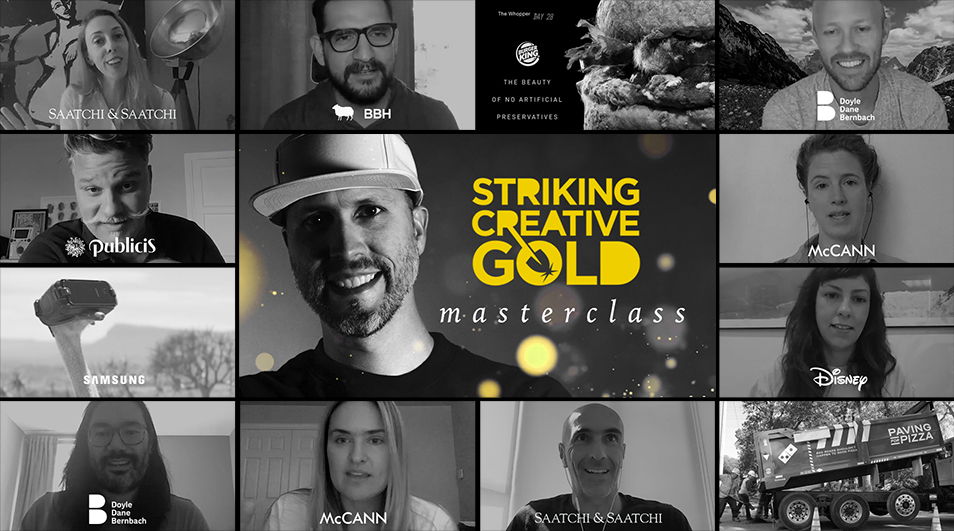
No comments.